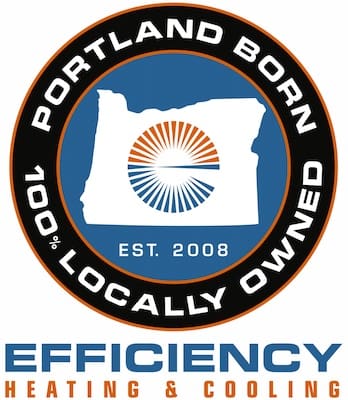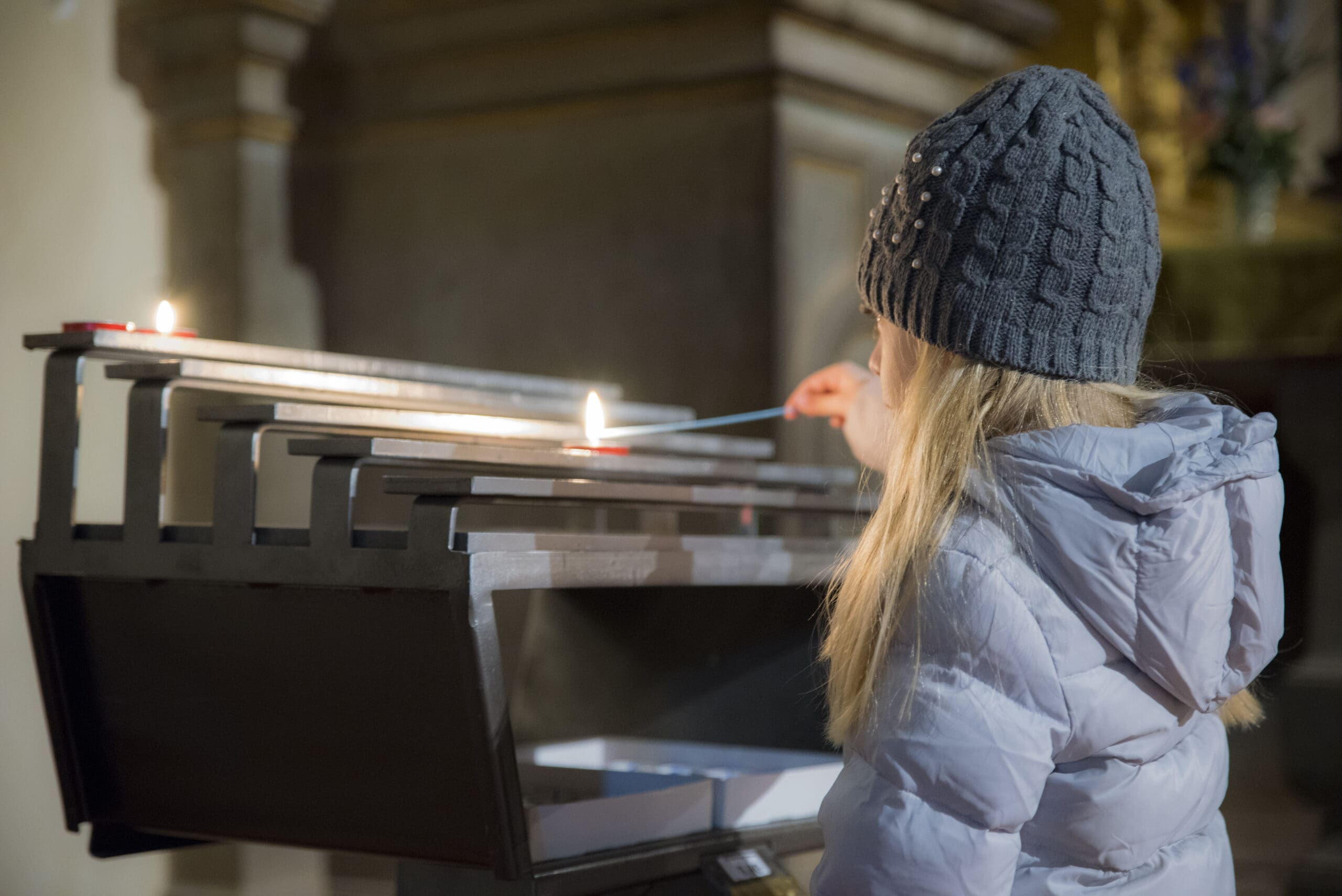To increase airflow from your furnace in Portland, start with the basics: check your air filter, open all vents, and inspect for blockages. A clean air filter allows air to move freely, while open and unobstructed vents ensure that warm air reaches every room.
Next, examine your ductwork for leaks or disconnected sections—even small gaps can drastically reduce airflow. If you’ve ruled out those issues, consider cleaning the blower fan or having a technician inspect the blower motor and coil condition.
Another effective way to boost airflow is by sealing leaky ducts and balancing the system so each room gets the right amount of air. You can also explore adding a smart thermostat, which adjusts fan speed for better efficiency.
In older Portland homes, upgrading your furnace or adding zoning features may be necessary if airflow issues persist. Regular maintenance and annual system inspections go a long way in keeping your furnace running smoothly and your airflow strong all season.
Replace Dirty Air Filters
Dirty air filters can seriously block airflow from your furnace, making it harder for warm air to reach your rooms. This can lead to uneven heating, longer run times, and higher energy bills. In Portland, where seasonal changes keep furnaces busy, replacing filters every 1–3 months helps maintain strong, steady airflow and keeps your system running efficiently.
Check for Blocked or Closed Vents
Blocked or closed vents can restrict airflow from your furnace, causing some rooms to feel colder than others. Furniture, rugs, or dust buildup can accidentally cover vents without you noticing. In Portland homes, where efficient heating is key during chilly months, keeping vents open and clear ensures even warmth and better system performance.
Seal Leaky Duct work
Leaky ductwork allows warm air to escape before it reaches your rooms, reducing furnace efficiency and increasing energy costs. Cracks, gaps, or disconnected joints in the ducts are common culprits. In Portland homes, sealing these leaks with mastic or metal tape helps boost airflow, improve comfort, and lower utility bills, especially in older or uninsulated houses.
Clean the Blower Fan
A dirty blower fan can slow down airflow and strain your furnace. Dust and debris buildup on the fan blades reduces its ability to push warm air through your ducts. In Portland, regular cleaning—especially before the heating season—helps your furnace run smoothly, keeps airflow strong, and extends the life of your system.
Have Ductwork Professionally Resized?
If your duct system is too small for your furnace, airflow becomes restricted. Many older Portland homes were built without proper HVAC sizing in mind. A licensed technician can evaluate and resize your ductwork for smoother airflow and better efficiency by following some rules:
1. Check for Obstructions Inside Ducts
Sometimes toys, insulation, or construction debris accidentally fall into open duct lines, especially during renovations. These hidden blockages can reduce airflow drastically. A quick duct camera inspection can locate and remove them.
2. Look for Signs of a Weak Capacitor
The capacitor powers your furnace blower motor. If it’s going bad, the fan may run slowly or not at all. Signs include sluggish airflow and humming sounds. Replacing a failing capacitor is a fast, affordable fix to restore proper airflow.
3. Add Return Air Vents
Your furnace needs to pull air in to push warm air out. If you have too few or undersized return vents, airflow becomes restricted.
4. Check Thermostat Fan Settings
Your thermostat may be set to “Auto,” which only runs the blower when heating. Switching it to “On” allows constant air circulation, even between heating cycles. This small change can improve airflow throughout the home.
5. Upgrade to a Variable-Speed Blower
Older furnaces often use single-speed blowers that can’t adjust to your home’s airflow needs. A variable-speed blower runs more efficiently and pushes air more evenly, especially in multi-level dwellings across Portland.
6. Inspect for Blocked Cold Air Returns
If your return vents are blocked or dirty, your system struggles to draw air in, reducing what it can push out. Make sure cold air returns are clear of furniture, dust, or buildup that can limit airflow.
7. Ensure the Furnace Is Properly Sized
A furnace that’s too large or too small for your home can cause airflow issues. An oversized system has short cycles and doesn’t circulate enough air, while an undersized one struggles to push enough heat.
Frozen or Dirty Coils
Frozen or dirty coils can seriously reduce airflow and overall system efficiency. When dust, grime, or pet hair builds up on the evaporator or condenser coils, the system can’t absorb or release heat properly. This causes the coils to get too cold and eventually freeze over, blocking airflow entirely.
In Portland’s variable climate, this issue can show up during both cooling and heating seasons, especially if the system runs for long periods without maintenance. You may notice weak airflow, warm air when cooling, or even water pooling around your unit. Regular cleaning and inspections help prevent frozen or dirty coils, keeping your system working efficiently and your home comfortable.
Consider Zoning Your HVAC System
Zoning your HVAC system allows you to control the temperature in different areas of your home independently, improving comfort and efficiency. Instead of heating or cooling the entire house to one set temperature, zoning uses dampers in the ductwork and multiple thermostats to direct airflow where it’s needed most.
This is especially helpful in Portland homes with various levels, sun rooms, or garages—spaces that heat or cool at different rates. Zoning helps reduce energy waste, prevents hot or cold spots, and allows for personalized comfort in each zone. Over time, it can lower energy bills and reduce wear on your system, making it a smart upgrade for homeowners seeking better control and savings.
Consider Duct Cleaning
Duct cleaning can significantly improve airflow, indoor air quality, and overall HVAC performance. Over time, dust, debris, pet dander, and even mold can build up inside your air ducts, blocking the smooth passage of air. This buildup forces your furnace or AC to work harder, leading to reduced efficiency and higher energy costs.
In Portland homes—especially those with older duct work or pets—professional duct cleaning can remove these blockages and restore optimal airflow. It’s also a great solution if your home feels dusty or if you notice musty odors when the system runs. Clean ducts help your HVAC system breathe better, which means more comfort and less strain on your equipment.
Have Your System Inspected?
Getting your HVAC system professionally inspected is one of the best ways to maintain airflow and avoid costly breakdowns. A certified technician can check for hidden issues like leaky ducts, worn-out blower motors, clogged coils, or thermostat malfunctions.
In Portland’s mixed climate—where both heating and cooling are essential—regular inspections ensure your system runs efficiently year-round. These checkups also help catch minor problems before they become major repairs, saving you money and extending the life of your furnace or AC. For optimal performance, it’s recommended to schedule inspections at least once a year—ideally before the peak heating or cooling season.
Visit For More Information:
- Inconsistent temperatures throughout the house
- Rooms feel stuffy or smelly when the HVAC is running
- The HVAC system doesn’t maintain the set temperature
- The furnace makes a popping noise
Further Help:
Trane – Why Isn’t My Furnace Blowing Enough Air?
FAQs
Why is my furnace airflow so low?
The most common reasons are dirty filters, blocked vents, leaky ducts, or a slow blower fan.
How can I tell if my return vent is too small?
If you hear whistling sounds or your rooms heat unevenly, your return may be undersized.
Should I close vents in rooms I don’t use?
No. That increases pressure in the system and reduces overall airflow.
Will cleaning the blower fan help?
Yes. Dust buildup slows down the fan and weakens airflow.
Can a thermostat affect furnace airflow?
A faulty thermostat might not trigger proper fan speeds.
How often should I replace furnace filters?
Every 1–3 months, depending on pets, dust levels, and usage.
Is professional duct cleaning worth it?
If your ducts haven’t been cleaned in years, yes—it boosts both airflow and air quality.
What causes a furnace to overheat?
Low airflow makes your furnace work too hard, leading to overheating or early failure.
Should I upgrade my blower motor?
If it’s older or single-speed, upgrading to variable speed can improve flow and comfort.
Do return vents improve heating?
Yes. They balance the system and improve air circulation throughout your home.


